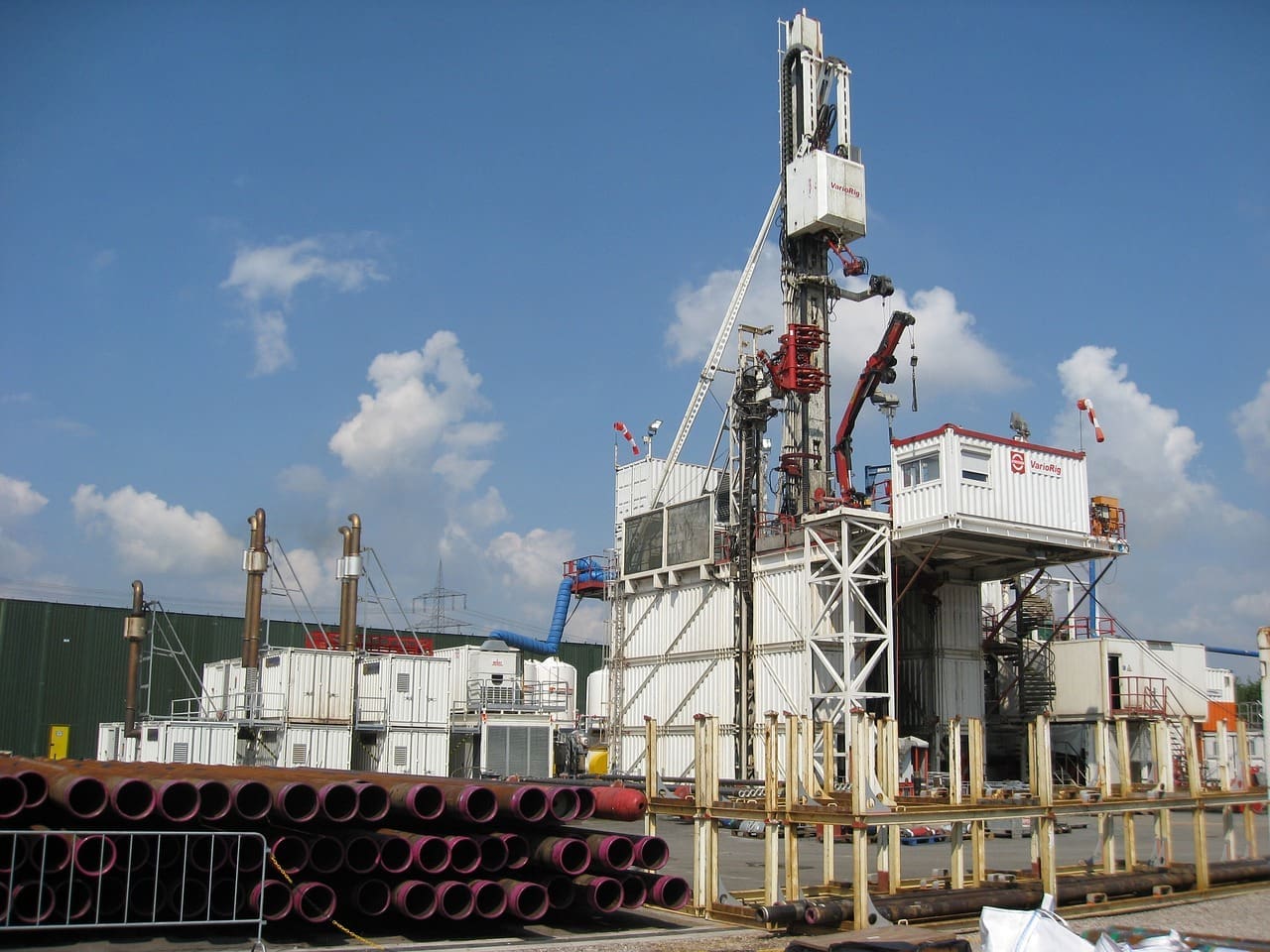The Trump team hit the ground running in preparing for the President-elect’s historic second term, with the economy being his primary focus to “Make America Great Again,” Trump and his transition team plan to roll out an energy plan that would approve export permits for new LNG projects currently stalled by federal regulation. Two sources also revealed the team’s intention to bolster drilling on federal lands.
With promises made for a day-one reckoning, President-elect Trump plans to revoke certain key Biden maneuvers in tax credits for electric vehicles and other climate legislation. He also plans to attack newly implemented regulations supporting clean power plant standards aimed at phasing out coal and natural gas production.
Matching play for play, Trump will certainly approve the Keystone Pipeline immediately upon entering his second term, while Biden canceled a key permit for its survival on his first day in office. Resuming operations with the pipeline will have to start from a new beginning due to legalities like land easements being returned to landowners during Biden’s one-term presidency.
“The American people can bank on President Trump using his executive power on day one to deliver on the promises he made to them on the campaign trail,” said Karoline Leavitt, Trump’s transition spokesperson, in a statement.
To get his plan off to an early start, executive order will likely be the path of least resistance. With his battle cry to declare an energy emergency on his first day of office, talk of barriers and resistance has surfaced. Still, he remains steadfast with his intentions to go to Congress for new funding needed to restock the country’s Strategic Petroleum Reserve, which Biden depleted while attempting to offset price spikes incurred because of the crisis in Ukraine’s record-breaking inflation. By increasing reserve levels, short-term oil demand could witness a boost and spark an uptick in domestic oil and gas production.
While imposing an impact on U.S. soil, Trump is additionally expected to rely on the International Energy Agency, which provides insight and advice on energy policies around the world. Republicans have vehemently criticized the group’s focus on emissions reductions, and Trump’s advisors have urged the President-elect to withhold funding unless a more oil-friendly tone surfaces.
“I have pushed Trump in person and his team generally on pressuring the IEA to return to its core mission of energy security and to pivot away from greenwashing,” said Dan Eberhart, CEO of Canary, an oilfield service company.
LNG Pillar
The U.S. seemingly struck gold by becoming an exporter of LNG. The demand has influenced the construction of infrastructure and hubs, but the Biden administration instituted a freeze on LNG export permits in January so an environmental study could be conducted.
With permits out of reach, developers have yet to move forward with construction activity that could provide an abundance of jobs for multiple years to come. Various projects have been delayed, including Venture Global’s CP2, Commonwealth LNG, and Energy Transfer’s ET.N Lake Charles complex.
The U.S. claimed the number one rank of LNG exporter in 2022 and continues to be the top producer of natural gas. Although Biden promised to release the environmental study before leaving office, its influence on Trump’s strategy has no bearing.
Offshore Drilling Pillar
According to federal data, Trump’s previous stance as President ensured a quicker turnaround on drilling permits compared to the average of 258 days it took to complete a drilling permit on both federal and Indian land during the first three years of Biden’s presidency. Trump is expected to move pending permits forward while also holding sales more frequently and offering land more likely to provide wins and gains on oil and gas.
Drawing comparisons between Biden and Trump, history reveals Biden’s Interior Department approved more onshore drilling permits on average than what was released under the Trump regime, but approvals were plagued with increased lag time. In 2023, oil output on federal lands and waters hit record highs while gas production soared at its highest rate since 2016. Drilling activity on federal lands and waters comprised approximately 25 percent of domestic oil and production and over 10 percent of gas output.
Regardless of statistics studied and snapshots taken from the past four years, the Trump administration promises a new tomorrow in energy dependence and domestic production. Time will reveal how the President-elect will achieve his energy goals, but no matter the path taken, the industry expects a significant boost in activity and growth.
Nick Vaccaro is a freelance writer and photographer. In addition to providing technical writing services, he is an HSE consultant in the oil and gas industry with twelve years of experience. Vaccaro also contributes to SHALE Oil and Gas Business Magazine, American Oil and Gas Investor, Oil and Gas Investor, Energies Magazine and Louisiana Sportsman Magazine. He has a BA in photojournalism from Loyola University and resides in the New Orleans area. Vaccaro can be reached at 985-966-0957 or nav@vaccarogroupllc.com.






